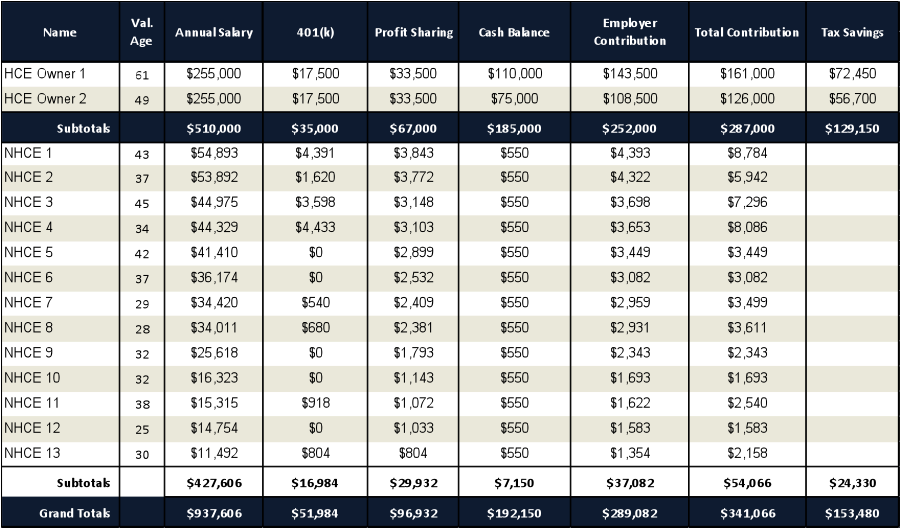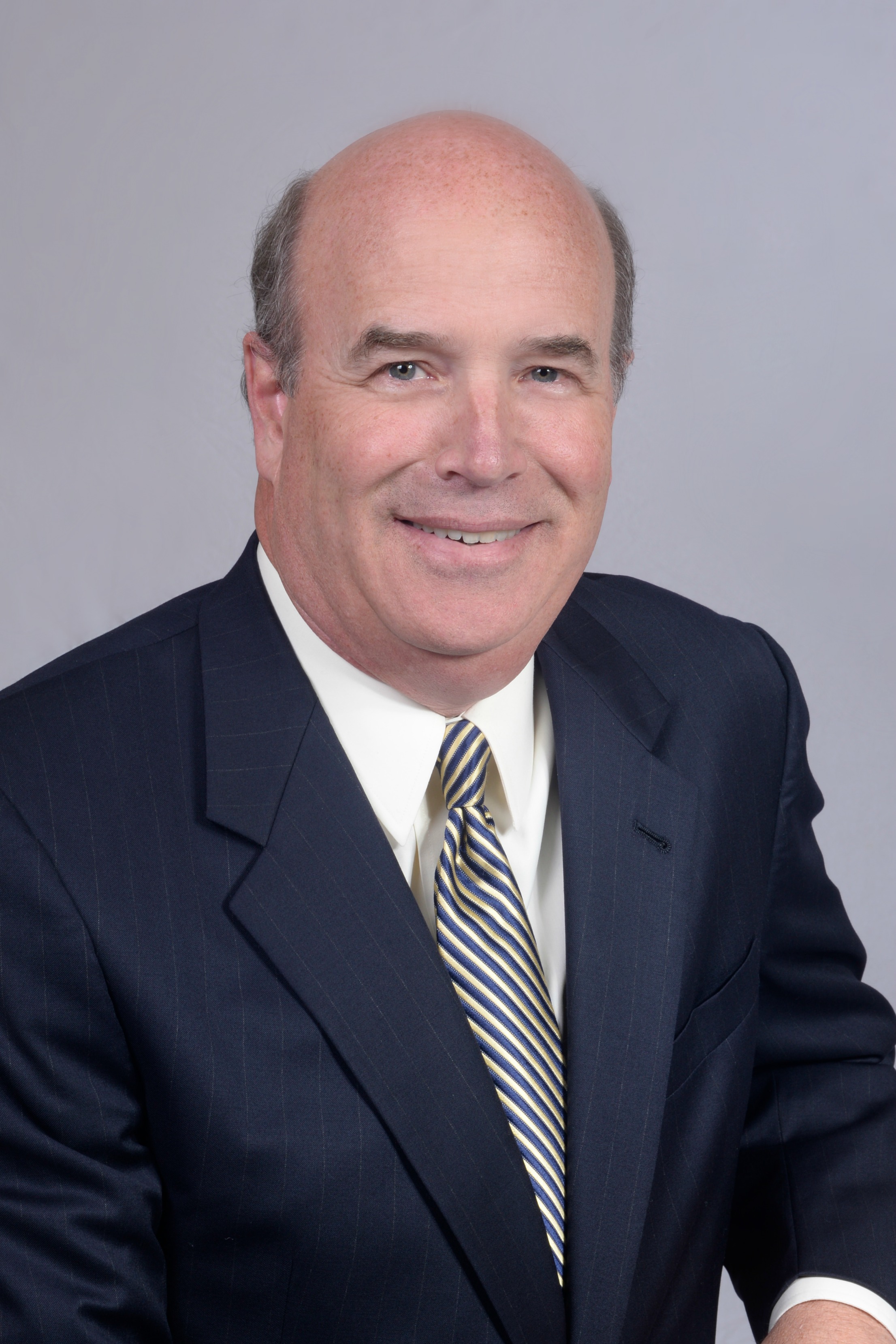For many, retiring with a million dollars would be a dream come true. However, for a highly paid professional, a million dollar retirement nest egg may only be a third or fourth of what is actually needed. Numerous studies have shown that key to a successful retirement is the management of the annual withdrawal rate. Industry professionals recommend withdrawing no more than five percent of your retirement savings in any year. Therefore, a million dollar retirement nest egg will only provide a $50,000 annual retirement income, two million would provide an annual retirement income of $100,000, and so on. Essentially, one takes the desired annual retirement income and divides that number by 5% (.05).
Where Does Retirement Savings Stand in the United States?
The Employee Benefits Institute of America recently surveyed employees in their 60s and found that when including both IRAs and 401(k) balances, the average retirement savings stood at only $275,517[i]. Using the above formula, such an amount will provide annual retirement income of only $13,775 ($275,517 X 5%). A similar study in the same year (2010) found that the average balance of (all working) Americans’ 401(k) accounts was just over $60,000 at the end of 2010[ii].
Many doctors and professionals emerge from school saddled with debt. Then there is the cost of starting or buying in to the practice, the house, the kids’ college education, and needed vacations. Retirement is only an idea, a distant event.
Sometime in the late 40’s, financial reality hits and the professional realizes that he or she has a relatively short period of time to accumulate several million dollars.
Employee contributions to a 401(k) plan are limited to $17,500/year ($23,000 if over age 50). Add to that amount employer matching or profit sharing and the contributions can be as high as $51,000 ($56,500 if 50 or older). However, with the addition of a Cash Balance retirement plan, someone age 55 could add another $180,000/year in retirement savings!
A Cash Balance plan has the look and feel of a defined contribution plan (such as a 401(k)) with the high funding limits of a defined benefit plan. Any type of business can establish one, but it works best if it accompanies a specifically designed 401(k)/Profit Sharing plan. Such a retirement plan is ideal when the owners and key employees:
- Need to save more than would be allowed via a 401(k) plan
- Are about 8-10 years older than the rank and file employees
- Need additional federal and state tax savings
- Earn over $250,000 and have discretionary income
Of course, such a retirement plan usually must benefit, to some extent anyway, the rank and file employees. However, the federal and state tax savings generated by this retirement plan often funds the contributions to these employees on a three or four to one ratio.
Let’s explain that once again. The illustration below shows the total employer contributions to the two doctors of $252,000, contributions to the employees of $37,082 and total tax savings of $153,480. In other words, the tax savings generated by the retirement plans is funding the required contributions to the employees on a ratio of 4.14 to 1 ($153,480/$37,082).

Cash Balance plans are not for everyone since they are a form of a Defined Benefit plan and do require annual employer contributions over the life of the plan, which generally should be at least three years. In addition, they are more expensive since they require the services of an actuary and an experienced retirement plan administrator. However, given the right situation they just may solve your retirement riddle.
Nathan Carlson, President of Retirement Planning Services, Inc. has 28 years of ERISA consulting experience.






